The South Shore As It Was: These resorts attracted the rich and famous from near and far
The South Shore of Massachusetts Bay was once a favorite resort destination during the second half of the 19th century. Businessmen, families, wealthy city-slickers and even presidents and celebrities stayed at the grand properties along the shore. This summer we take a look back at the socialite playgrounds of yesteryear in our series, The South Shore As It Was.
Here’s a glimpse to that time and place with some recent stories with a link in the headlines to the subscriber-only content. If you’re not a digital subscriber, please consider signing up today and downloading The Patriot Ledger app for your iOS or Android device.
Our latest offer: Become a Patriot Ledger subscriber
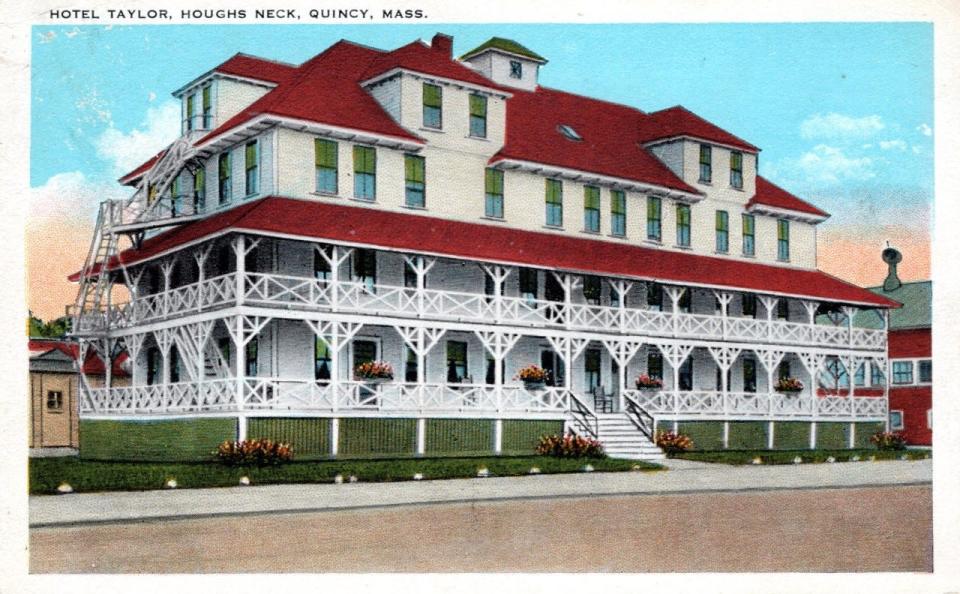
In the Gay Nineties, summer ended with a bang in Houghs Neck
In the "Gay Nineties," a nostalgic term for the decade of the 1890s, Houghs Neck was the place to be.
"The seashore was considered a refuge, where the slower pace and natural setting were said to provide an ethical and spiritual antidote to the city," Patti Williams, a Houghs Neck resident who studies local history, said. "The restorative aspect of the shore was noted in many newspaper articles of the day."
Hingham's Melville Garden: 'The most famous picnic-resort in the harbor'
Known as one of Boston Harbor's most well-known picnic resorts, Melville Garden attracted tens of thousands of visitors each year who flocked to Hingham for dances, games and clambakes.
A handbook of Boston Harbor written in 1888 concluded "there is probably more fun to the acre in Melville Garden than in any other piece of Massachusetts ground."
Read more about Hingham's Melville Garden.
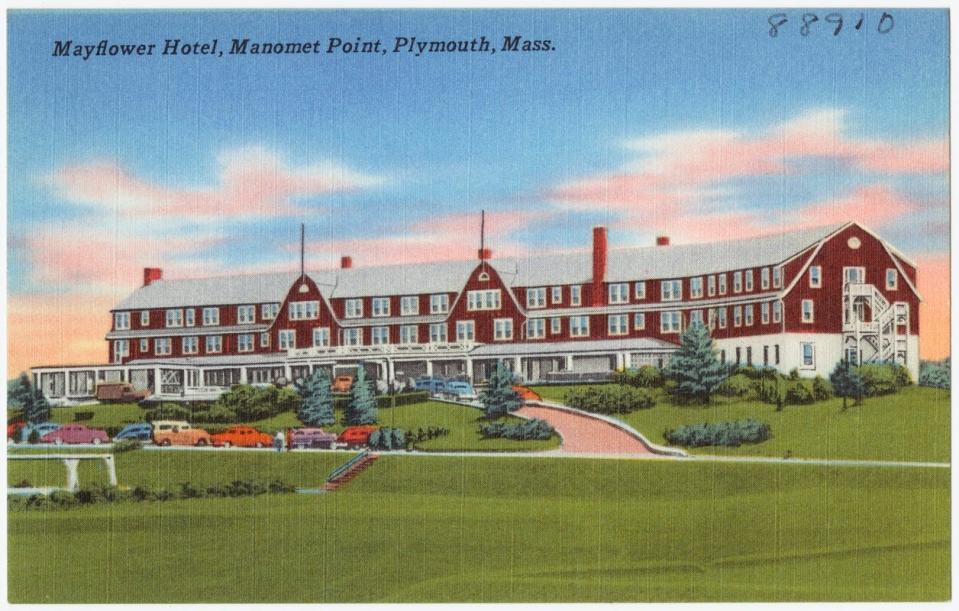
Plymouth was once a summertime treasure
"America's Hometown" was known in the mid-19th century more for its prominence as the first permanent settlement in New England – where the Pilgrims landed in 1620 –than as a summer resort or recreational playground.
But by 1845, the newly popular "women's" or "vacation" hotels began making their appearance, built by the railroads. These hotels were larger, with dining rooms and the latest amenities.
Read more about Plymouth's heyday.

Hull's Atlantic House: The grandest South Shore hotel of the Gilded Age
The Gilded Age of the late 19th century was the era of the grand hotel in Hull.
Guests would arrive by boat from Boston, stopping at Steamboat Wharf, or by train on a branch of the original Old Colony Railroad. There was the Rockland House and the Hotel Nantasket at the south end of the peninsula, and at the northernmost point in town there was the Hotel Pemberton.
But the swankiest of the Hull hotels was the Atlantic House on Atlantic Hill.
Read more about Hull's Atlantic House.
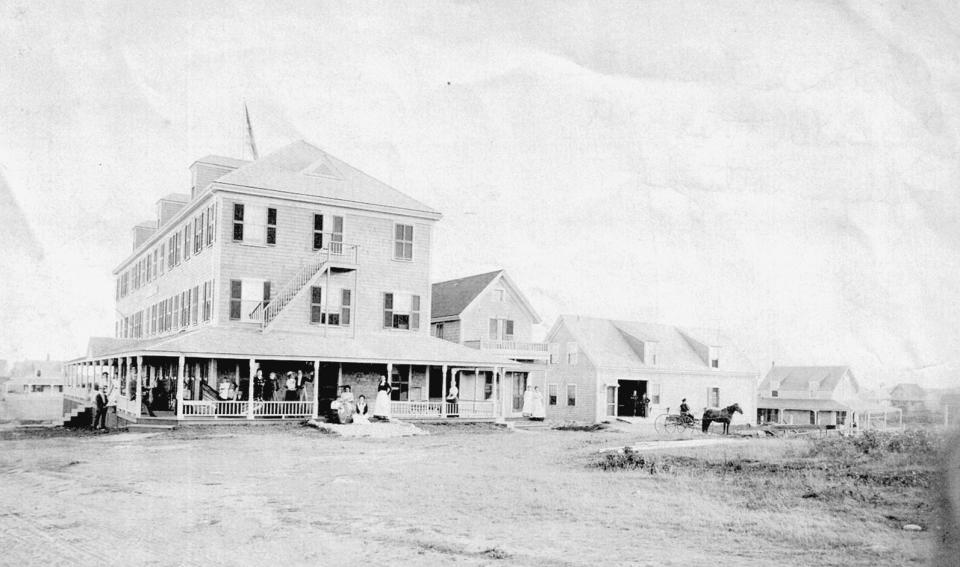
Brant Rock was a seaside retreat for city slickers
By the 1870s, Brant Rock’s grand hotel era was in full force with the extension of the Duxbury and Cohasset Railroad to Marshfield Center. Then it was a short taxi or carriage ride to Brant Rock.
Visitors would stroll the crowded esplanade filled with shops and restaurants and lodge at the luxurious hotels lining a section of Ocean Street known as “The High Road.” The hotels – Peace Haven, Ocean House, Brant Rock House, Hotel Churchill and the Fairview Inn – offered direct views of the ocean.
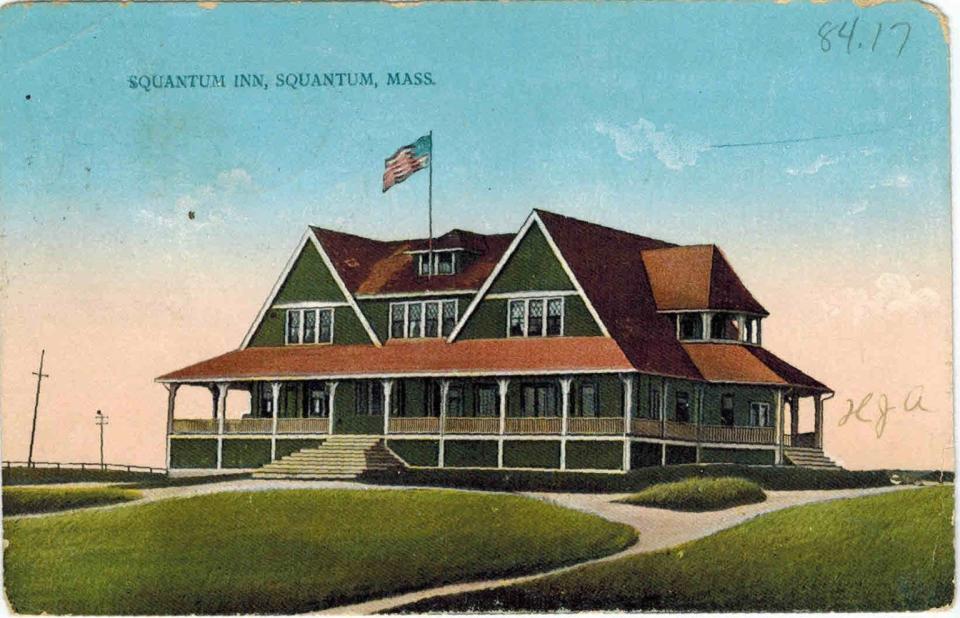
Squantum was a summer destination for Quincy's elite
In its heyday, the peninsula community of Squantum played host to a who's who of Quincy's elite. It was a place for eating, drinking and looking out on the water through the 19th and 20th centuries, drawing politicians, artists, government officials and others to its collection of high-roller destinations.
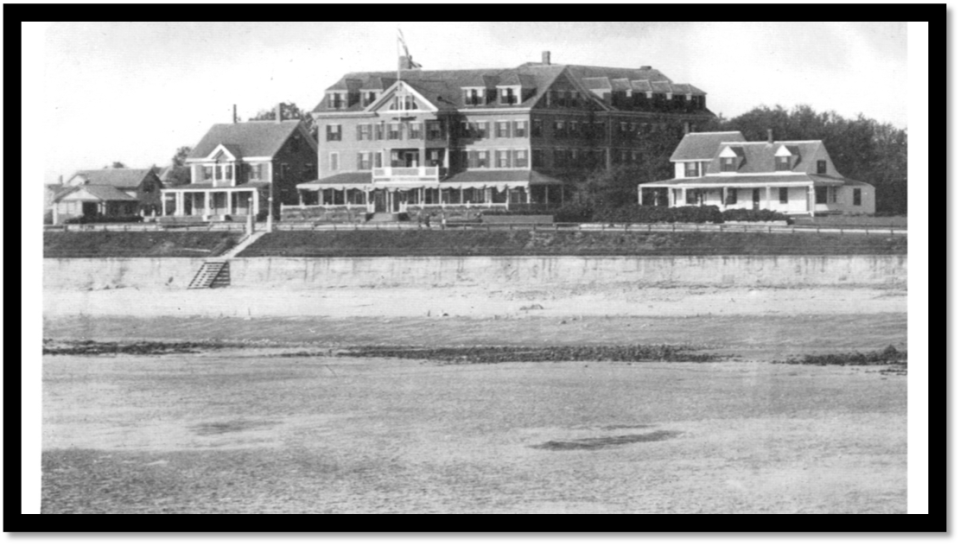
Remembering Scituate's Cliff Hotel
Built in 1899, the Cliff Hotel attracted many stars over the years, including actors Maurice Chevalier, Betsy Palmer and Zsa Zsa Gabor and hockey star Bobby Orr.
Nancy Murray Young and Pam McCallum, both of Scituate, teamed up a decade ago to write "Memories of the Cliff House" to document the stories of the hotel and the people who visited, citing "the energy there was unbelievable."
Read more about the Cliff Hotel.
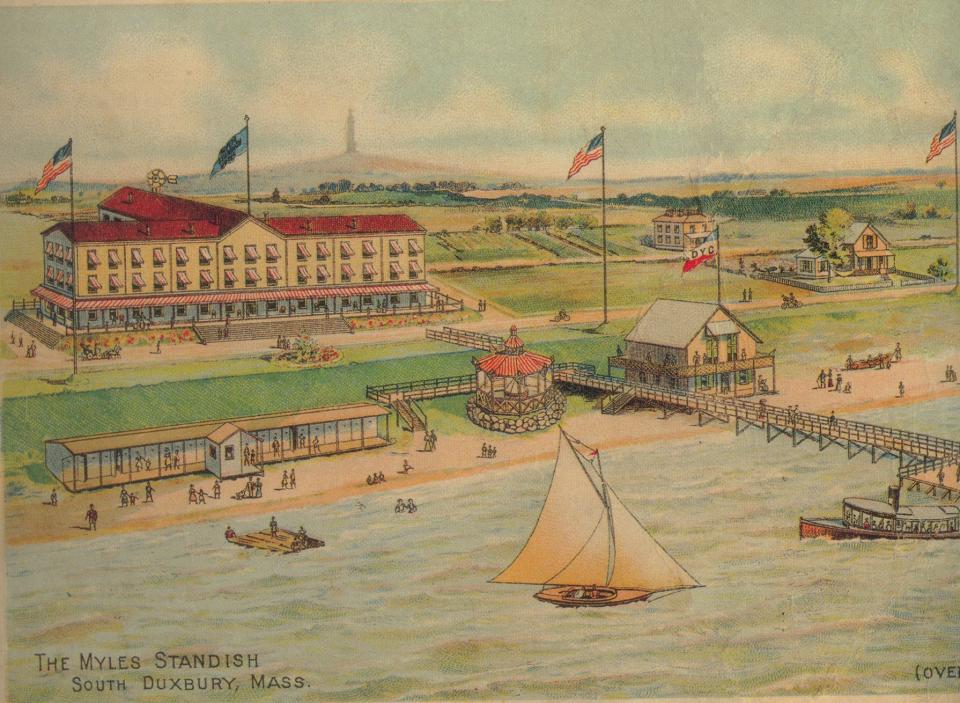
Myles Standish Hotel was a premier vacation destination
The Myles Standish Hotel, which began its relatively brief but luxurious life as Standish House, was one of the East Coast's premier vacation destinations from the 1870s until 1908. Rich, well-connected guests came from Boston, Eastern Massachusetts and New York in particular.
In its heyday, the hotel, which commanded the bluff of the old Myles Standish Farm, boasted its own source of restorative spring water, a large veranda with rocking chairs, a 400-foot pier, a premier golf course and bathhouses. It hosted boating regattas along with daily concerts and weekly balls.
Read more about the Myles Standish Hotel.

'A summer playground for the elite' in Cohasset
In a guide to New England published in 1955, Edward Weeks called the Black Rock House "the most romantic of the seaside hotels within easy reach of Boston."
A large hotel with towering turrets that were a familiar sight on Jerusalem Road, Black Rock House fronted scenic Straits Pond with views of Black Rock Beach. The hotel hosted some famous guests, including actors Patrick Campbell, William Faversham Jr. and Peggy Wood.
Read more about the Black Rock House.
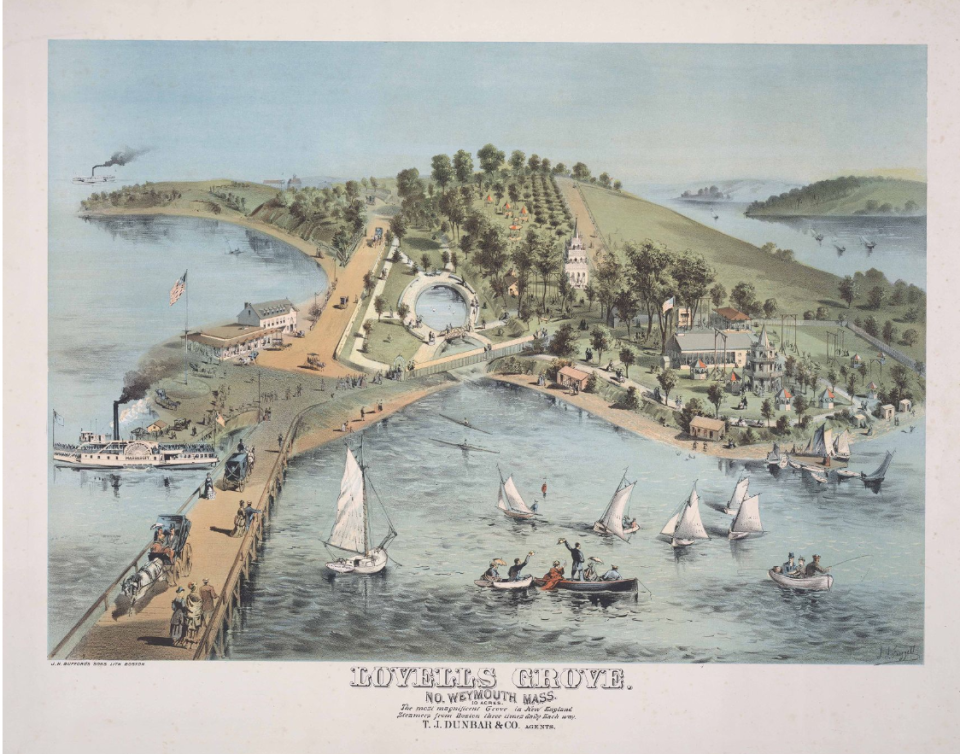
Lovell’s Grove remembered as the playground of yesteryear
Weymouth’s Lovell’s Grove, a popular resort on the Fore River, operated during the economic boom of the Gilded Age.
In its late 19th-century heyday, the 10-acre, pine-rich paradise was known as the “most popular resort for picnics and excursions to be found along the bay,” attracting pleasure-seeking city slickers and local landlubbers alike.
Read more about Lovell's Grove.
This article originally appeared on The Patriot Ledger: South Shore resorts Cliff Hotel, Black Rock House, Lovell’s Grove

